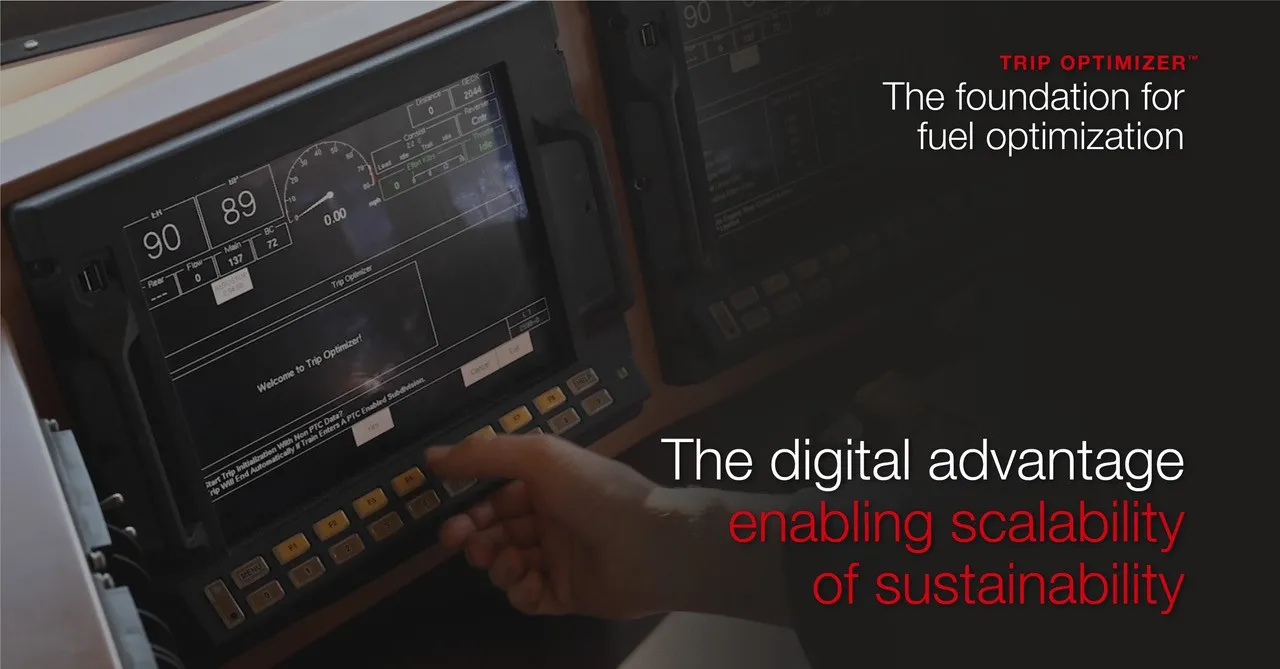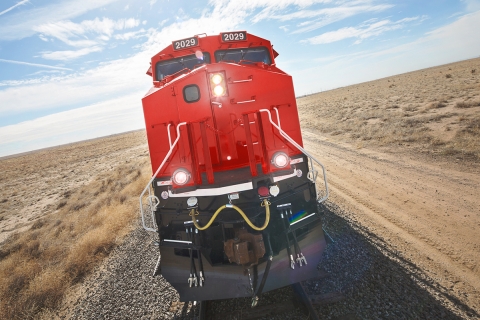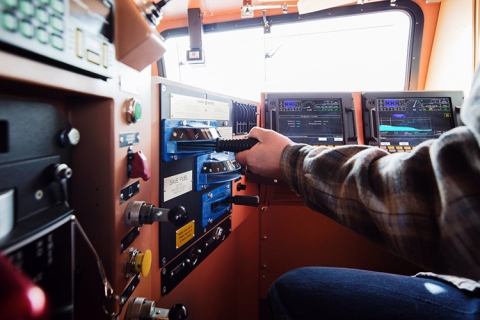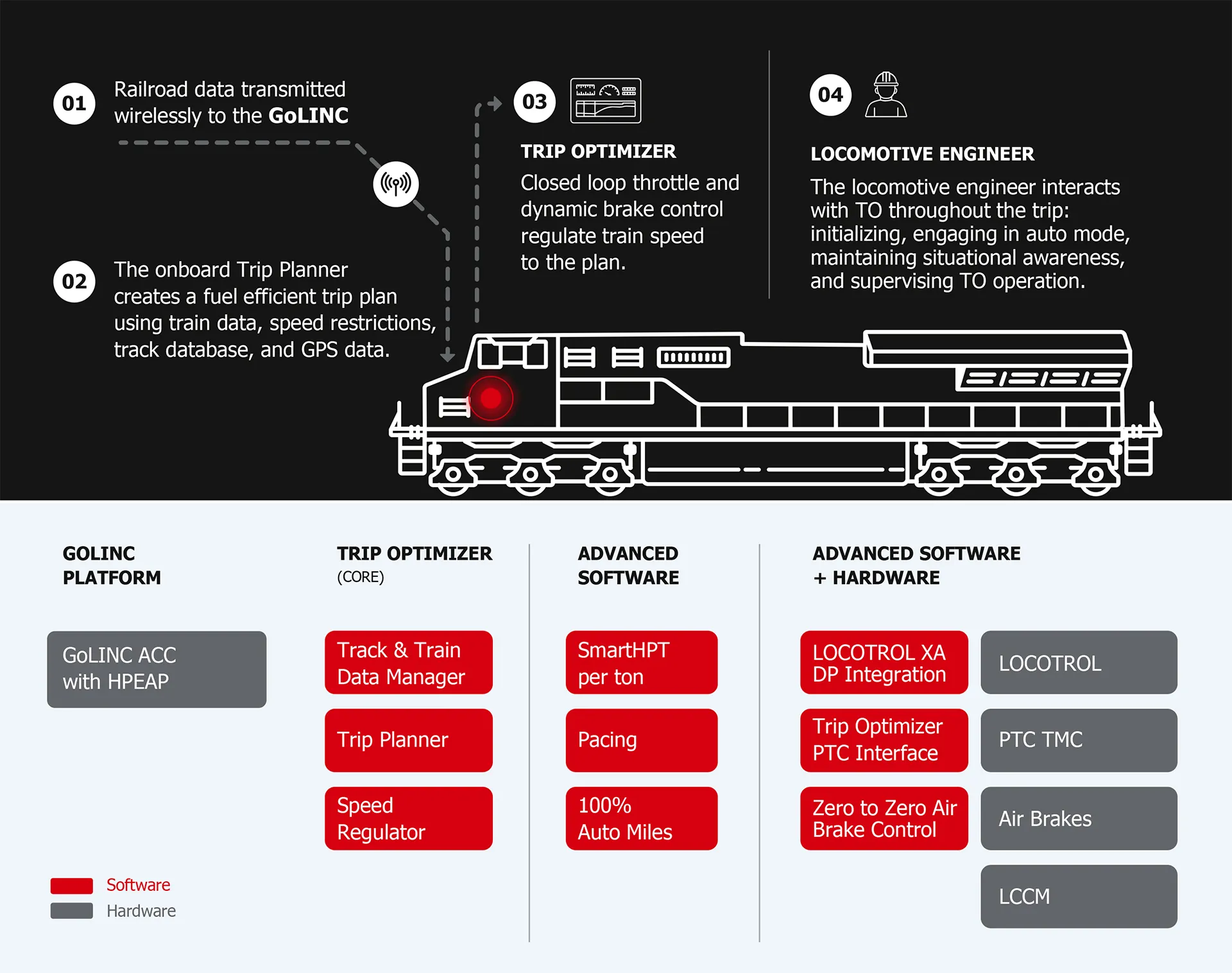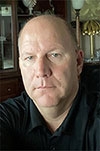By William Schoonmaker and Kiron Viegas
Introduction: The Back Story
As Trip Optimizer achieves a new milestone in fuel optimization, saving railroads over one million gallons of fuel every five days, it’s a great opportunity to take a look back. It’s a story that shows the path to innovation is not linear and nothing great is ever achieved without the active involvement of customers.
It all started in 2005. A research and development team was working on the concept of a battery-electric locomotive. To support this effort, a group of engineers was studying driving patterns of train operators to understand what it would take to charge and discharge a battery-operated locomotive. In doing so, they discovered that there was an enormous amount of variation between one operator and the next. The recognition of this variation in driving patterns had two impacts: First, it made the regenerative braking models impossible to predict. And two: It demonstrated that there was significant inefficiency in how trains were being operated, resulting in increased fuel use and wear and tear. So, the technology team developed a train driving algorithm that followed all the right rules to drive the train consistently and sensibly. And when they finished, they realized that they had an immediate opportunity to use this new algorithm, integrated with automation, on regular diesel trains. That was the inspiration for Trip Optimizer.
Product Evolution
Trip Optimizer began as a smart cruise-control system for trains that takes into account terrain, train make-up, speed restrictions and operating conditions to calculate an optimum speed profile and trip plan. Initially, Trip Optimizer controlled just one train element: throttle. Over time, this expanded to controlling dynamic brakes, and later, air brake advisement. Trip Optimizer was then integrated with distributed power to create an auto-independent distributed power feature that allows it to control longer trains with remotes running asynchronously. Because of this train handling feature, crews were able to control longer, heavier trains automatically. This was followed by the introduction of more fuel savings features, including Smart HPT, which optimizes train performance by automatically reducing the horsepower per ton of the train without impacting velocity, and Pacing, which redistributes and optimizes the meet slack time on the network. Most recently, Auto Air Brake Control was added, which increases the envelope during which Trip Optimizer operates, for even higher fuel savings.
Another interesting happening along the way was that trains got bigger. When the idea for Trip Optimizer was originally conceived, a big train was 10 or 12 thousand tons. Today, 32 thousand tons is a big train. That is a huge increase in the size of trains that locomotives are pulling. And yet, Trip Optimizer is constantly adapting to keep pace with this change by optimizing fuel savings and improving train handling.
Shaping the Solution: Customer Feedback
Throughout the development of Trip Optimizer, our customers – industry leading freight railroads across the world – shaped the solution. Starting with the first Users’ Conference, where a mock-up of a Trip Optimizer screen was shared and we received lots of feedback, Trip Optimizer has been designed in collaboration with customer input. In fact, customer input has either driven or inspired the development of Trip Optimizer and that input has been vital to its design and feature set. Very often it was the customers looking at how their trains worked and saying: if Trip Optimizer is going to work on my railroad, it has to be able to do the same thing that people do. So, we worked very closely with customers to ensure the solution met the needs of their railroads.
Platform Architecture
Since its inception, Trip Optimizer was designed to control a locomotive in real time. Originally, the quickest way to do that was to co-locate the Trip Optimizer code with the control system code, so it had direct access to controlling throttle and braking. And, while it was quick to market, we ended up with a platform that was intertwined with the locomotive control system code. So, while it was successful and it worked well, it became onerous to maintain.
As a result, over time, Trip Optimizer code was separated from the control system software. Today, Trip Optimizer lives in its own high performance environment on two platform options: 1) GoLINC™, an industry proven network, communication and application management platform for the railroad industry, with HPEAP. And 2) Train Management Computer with CPU 1900. It uses an AAR-compliant message-based interface to communicate, enabling Trip Optimizer to integrate with any locomotive system that speaks that language. In addition, this platform architecture enables faster product releases to provide operators rapid enhancements and minor fixes for the best Trip Optimizer experience. In short: The independent platform architecture is a great benefit to our customers, who can now enjoy the full benefits of a common user interface and scalable fuel savings across their entire locomotive fleet.
Benefits:
Trip Optimizer helps freight railroads in four fundamental ways:
- Saves Fuel & Reduces Emissions: Driving the train optimally saves fuel. Trip Optimizer’s modular system architecture allows for step-by-step phased integration of enhanced fuel savings features. This allows customers the ability to add and incrementally scale fuel savings to best meet their operational and sustainability environmental goals, including a pathway to 30% fuel savings.
- Improves Train Handling: Trip Optimizer allows customers to build the train they want and let physics and automation provide the train handling using algorithms. It is a tool for operators that makes train handling easy.
- Reduces Locomotive Wear and Tear: With Trip Optimizer, in-train forces are reduced and that results in reduced wear and tear on the locomotives.
- Increases Situational Awareness: Through the provision of a rolling map, operators are able to gain advanced insight into upcoming track conditions.
About the Authors:
William Schoonmaker is Product Manager at Wabtec. William has over 25 years of experience developing and implementing products for the control of freight trains including over 10 years working on Trip Optimizer.
Kiron Viegas is a Product Manager at Wabtec. Kiron has spent over 25 years in engineering and product management roles in the technology industry and is passionate about solving sustainability and automation challenges in freight rail operations.
